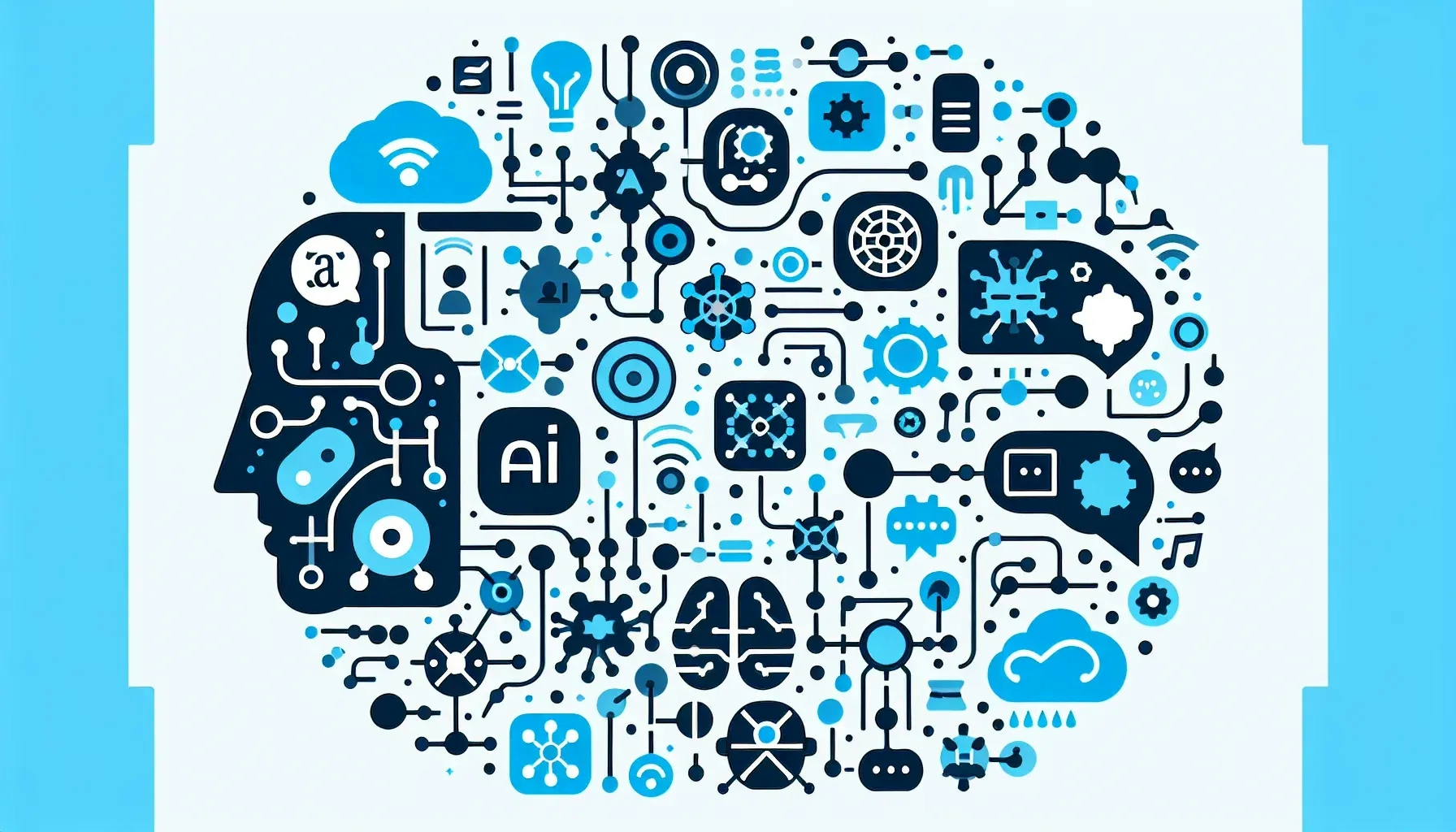Welcome to the intersection of technology and linguistics. This blog post delves into the transformative role of machine learning in reshaping linguistic studies. We'll explore how this powerful technology is revolutionizing language analysis, translation, and even language learning. As we navigate through this fascinating topic, we'll uncover the potential of machine learning in breaking down language barriers and fostering global communication.
The Confluence of Machine Learning and Linguistics
Machine learning, a subset of artificial intelligence, is making waves in various fields, and linguistics is no exception. It's a technology that learns from data and improves its performance without explicit programming. In the realm of linguistics, machine learning is proving to be a game-changer.
Machine learning algorithms can analyze vast amounts of linguistic data, identify patterns, and make predictions. This capability is transforming how we study languages. Traditional linguistic studies often involve manual analysis of language data, which can be time-consuming and prone to human error. Machine learning, on the other hand, can process and analyze data at a scale and speed that humans cannot match.
Moreover, machine learning can handle the complexity of human language. It can analyze not only the structure of language but also its context, semantics, and even cultural nuances. This holistic approach to language analysis is opening new avenues in linguistic studies.
Machine Learning in Language Analysis
One of the key areas where machine learning is making a significant impact is language analysis. It's helping linguists understand the intricate patterns and structures of languages in ways that were not possible before.
For instance, machine learning can analyze the syntax and grammar of a language, identifying patterns that can help linguists understand how sentences are formed. It can also analyze phonetics and phonology, helping linguists understand the sounds of a language and how they are used.
Furthermore, machine learning can analyze semantics, the meaning of words and sentences. It can identify patterns in how words are used and how their meanings change in different contexts. This capability is particularly useful in understanding the evolution of languages.
Machine Learning in Language Translation
Language translation is another area where machine learning is making a significant impact. Machine learning algorithms can learn from millions of translated texts and improve their translation capabilities over time.
These algorithms can translate texts with a high degree of accuracy, even maintaining the style and tone of the original text. They can also handle idiomatic expressions and cultural nuances, which are often challenging for traditional translation methods.
Moreover, machine learning can translate texts in real-time, making it a valuable tool for global communication. It's breaking down language barriers and fostering understanding among people of different linguistic backgrounds.
Machine Learning in Language Learning
Machine learning is also reshaping how we learn languages. Language learning apps powered by machine learning can provide personalized learning experiences, adapting to the learner's pace and style of learning.
These apps can analyze the learner's performance, identify areas of improvement, and provide targeted feedback. They can also use gamification techniques to make language learning more engaging and fun.
Moreover, machine learning can facilitate immersive language learning experiences. For instance, it can power virtual reality experiences where learners can practice the language in a simulated environment. This immersive approach can accelerate language learning and make it more effective.
The Future of Machine Learning in Linguistic Studies
The impact of machine learning on linguistic studies is just beginning to unfold. As machine learning technology continues to evolve, its role in linguistic studies is likely to become even more significant.
In the future, machine learning could help linguists understand the origins and evolution of languages in unprecedented detail. It could also facilitate real-time translation of not just texts but also spoken language, making global communication even more seamless.
Moreover, machine learning could revolutionize language learning, making it more personalized, immersive, and effective. It could even help preserve endangered languages by documenting and analyzing them in ways that were not possible before.
Challenges and Ethical Considerations
While the potential of machine learning in linguistic studies is immense, it's not without challenges and ethical considerations. For instance, machine learning algorithms are only as good as the data they are trained on. If the training data is biased or incomplete, the algorithms could produce inaccurate or biased results.
Moreover, the use of machine learning in language analysis and translation raises privacy concerns. It's crucial to ensure that the use of these technologies respects privacy rights and does not lead to the misuse of personal data.
Despite these challenges, the benefits of machine learning in linguistic studies are undeniable. With the right safeguards in place, machine learning can be a powerful tool in advancing our understanding of languages and fostering global communication.
Wrapping Up: Machine Learning and the Future of Linguistics
Machine learning is reshaping linguistic studies in profound ways. From language analysis and translation to language learning, it's revolutionizing how we understand and interact with languages. As we continue to harness the power of this technology, we can look forward to a future where language barriers are a thing of the past, and global communication is seamless.

